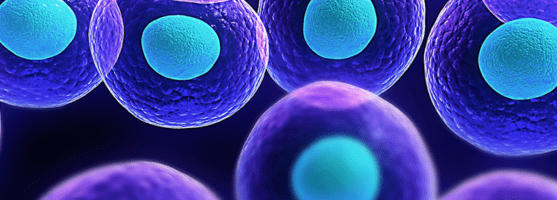
More than one million people in the United States are living with type 1 diabetes according to statistics from the Centers for Disease Control and Prevention. There is a strong push to improve management of the disease and find a cure. The more researchers learn about T1D, the more precise their prevention and treatment methods become.
A recent study reveals that improvements in stem cell therapy have reversed T1D in mice for at least nine months and, in some cases, for more than a year. One of the challenges that scientists have faced with using human pluripotent stem cells (hPSCs) is that it can be difficult to zero differentiation in one specific type of cell. Often multiple types of pancreatic cells are produced. While there may be an abundance of cells that scientists want, the infiltration of excess cells that are not needed diminishes their impact (even though they are not harmful).
Scientists at the Washington University School of Medicine in St. Louis have found a way to generate insulin-producing beta cells without creating as many irrelevant cells. Their approach focuses on the cell’s cytoskeleton, which is its inner framework. Through this process, they were able to produce vast amounts of beta cells that are able to normalize blood glucose levels.
When transplanted into severely diabetic mice (blood glucose levels above 500 mg/dL), the cells effectively reversed the effects of diabetes and brought blood sugar levels down into the target range within two weeks. Normoglycemia was maintained for at least nine months.
This is a major step forward in stem cell therapy and the use of hPSCs to potentially cure diabetes one day. There is still more testing and research that needs to be done before this approach is applied to human trials.
Ongoing research is essential for finding a cure for T1D. Diabetes Research Connection supports these efforts by providing critical funding to early-career scientists pursuing novel research studies on the disease. By giving them the means to complete their projects, these researchers can continue to advance knowledge and treatment options.
The source: https://diabetesresearchconnection.org
